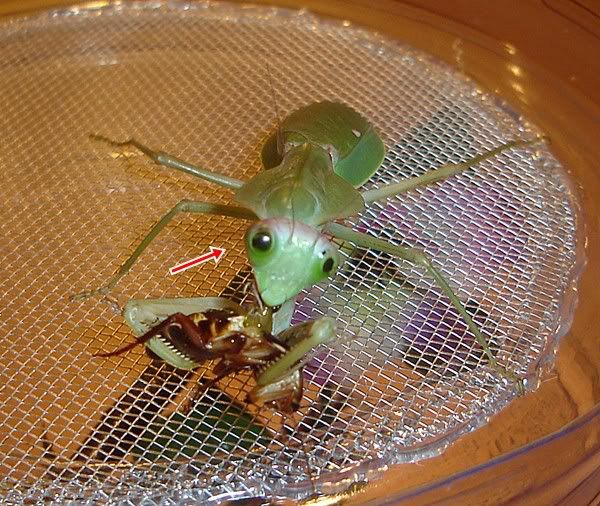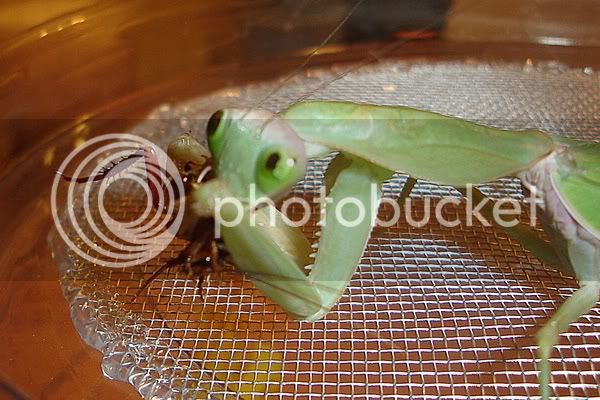GreenOasis
Well-known member
My adult female shield has developed dark spots on the lenses of both her eyes and I am just wondering if anyone knows what they are or how to prevent/cure them? She was a very calm girl before and enjoyed being held (as much as a bug could), but now she is very skittish and leaps off our hands from sudden movements, so I'm pretty sure these dark spots are affecting her sight.
Also, she is not very old...just molted to adult a couple/few weeks ago, so I don't think this could be age related. Humidity perhaps?
Any help or comments would be appreciated!
Also, she is not very old...just molted to adult a couple/few weeks ago, so I don't think this could be age related. Humidity perhaps?
Any help or comments would be appreciated!















































